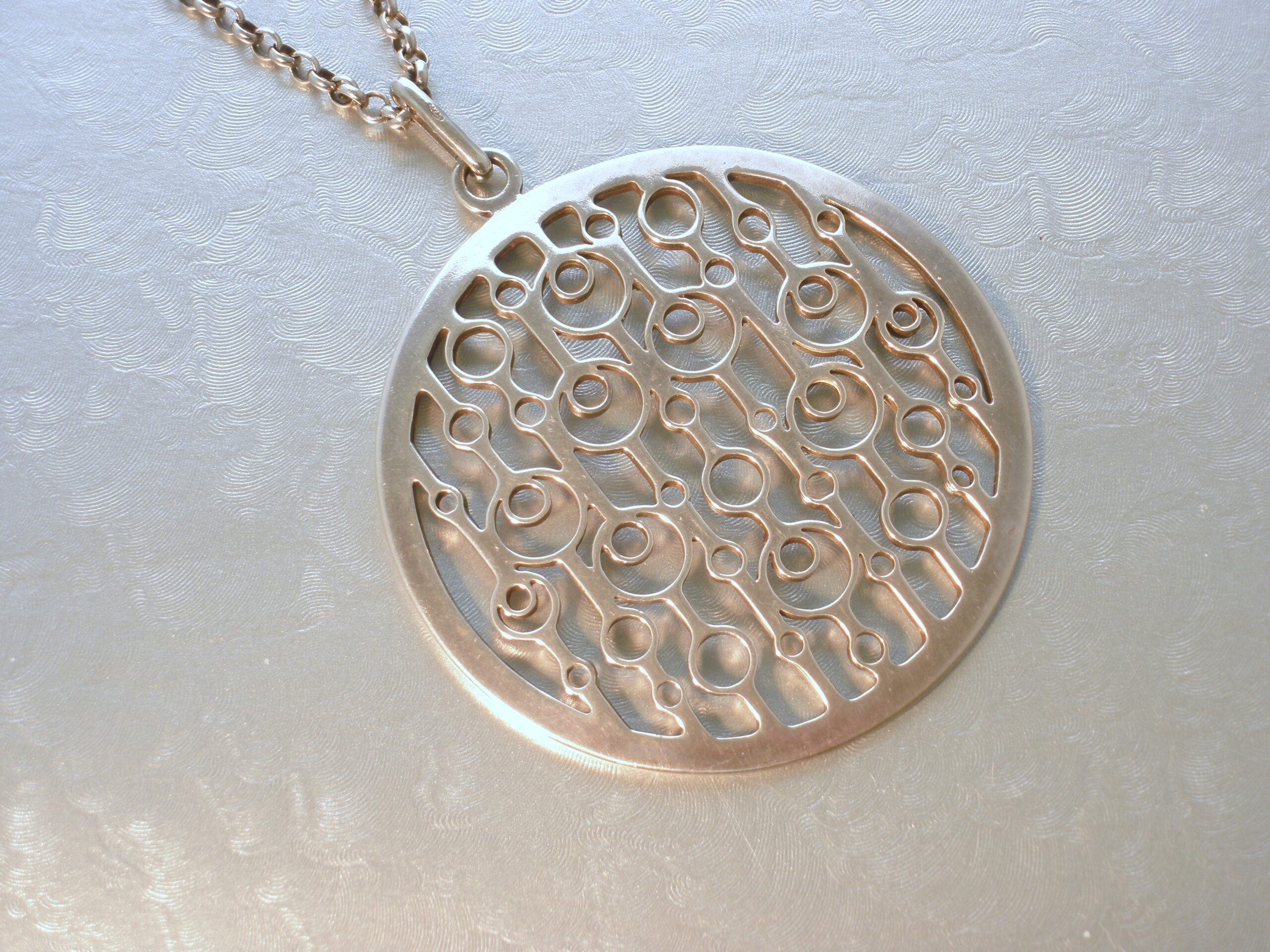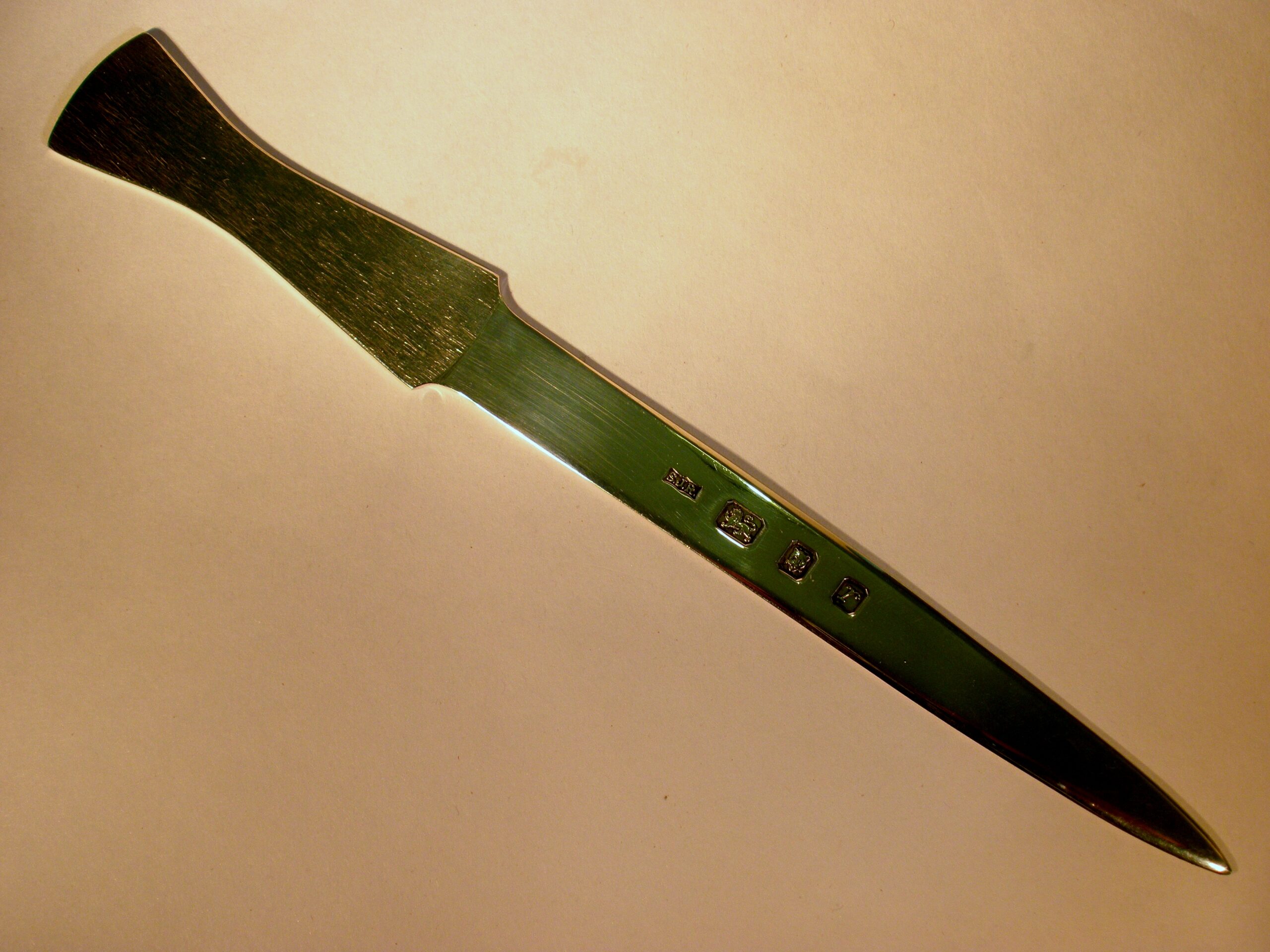Description
Pierre Caille (1911-1996), a limited edition silver coloured foil embossed print, Belgium, 1970s, numbered 1/12, glazed in original brown hessian mounted frame, quartered into groups of surreal fantastical figures, Pierre Caille embossed signature, 58.5 cm by 48.5 cm, image area 37 cm by 27 cm (Ref S573) SOLD
The frame is probably by Schleiper & Fils and the picture may well have been retailed through Galerie Claude Jongen of Brussels.
Pierre Caille (Born in Tournai, Belgium, 11th January 1911-Died in Linkebeek, Belgium, 24thOctober 1996 aged 85).
From the age of 14 he started to draw and paint in gouache. Dissapointed with his courses in sculpture at the Tournai Academy and his advertising courses at La Cambre, Pierre Caille turned to ceramics encouraged by Henry Van de Velde in 1936 to work at the Boch faience factory. This was where he discovered the art of ceramics that he was to continue practising throughout his career. Van de Velde also urged him to participate in the Arts and Technique exhibition in Paris 1937. Caille taught ceramics at the La Cambre between 1949 and 1976.
Caille had a remarkable circle of friends : Edgar Tytgat, Charles Leplae, Georges Grard, Jean Brusselmans Roger Guerin, and Paul Delvaux. During this period he was attracted to folk art and his meeting with James Ensor was an unforgettable event. His ceramics began to take on a humour and lively form. In 1942 he was given the monumental commission for the Belgian pavilion at the International Fair in New York. From 1942, he started to create pieces of jewellery, he was also fascinated by the toy world.
He threw himself into creating a series of forms that made one think of insects, progressively leading him to sculpture where he truly found his own artistic language. In the middle of the 1950s, Pierre Caille enjoyed general esteem on the international stage. His bronze sculptures were exhibited in 1962 at the Venice Benniale. Later, he used wood which he painted in enamel.
At the start of the 70s, Pierre Caille turned to painting, his canvasses show utopic situations. He imagined families of coloured animals making faces, his works included a real interaction between different disciplines in which linear stylisation prevailed. The parade of this population is illustrated in the underground station the Botanic in Brussels.
His work features in, amongst others;
Israeli Museum, Jerusalem.
Everson Museum, Syracuse, NY, USA.
Royal Museums of Fine Arts of Belgium.
Keramis, Centre De La Ceramique, La Louviere, Belgium.
Middleheim Museum, Antwerp.















